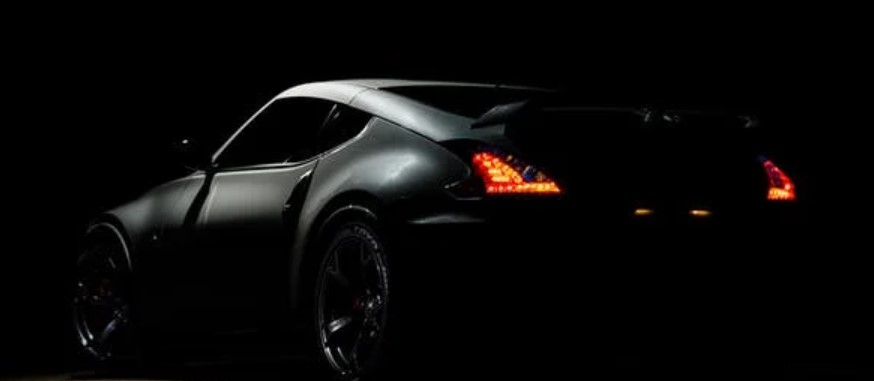Compared to an internal combustion engine (ICE) vehicle, which runs on petrol or diesel, an electric car is a low maintenance vehicle option. If you are thinking about making the switch over to an electric car, then you may be wondering what kind of maintenance is needed and how much it is likely to cost you. While there is a growing number of electric car models on the market and each one has a unique maintenance requirement, in general, you can expect an electric car to require less maintenance compared to a petrol or diesel car since they have fewer moving parts.
Motor Maintenance
Drivers do not usually need to do anything to keep the main motor and electric drivetrain maintained. Modern electric vehicle motors are designed to be so reliable that they will usually be the last thing that fails. This is often the same for internal combustion engine cars, with most petrol and diesel vehicles coming with a starter motor that won’t fail for a very long time. The motor and electric drive units do have lubricating oil; however, almost all electric vehicles do not need this changing during its lifetime. This is because unlike petrol and diesel engines, electric motors are not subject to high heats, and the motor only needs to be lubricated when the car is moving.
Brake Pad and Rotor Maintenance
All electric cars today come with regenerative braking. This means that when you ease off on the gas pedal, the electric car’s motor will become a generator, using the kinetic energy from your vehicle to generate electricity. This slows your car down while recharging the lithium-io9n battery. Because of this, compared to a petrol or diesel engine, the electric car will use the brake rotor and brake pad less frequently, which means that they last longer and will not need replacing as often. However, they will still be subject to some wear and tear, so you should check them regularly and replace them when necessary. You should also have the brake callipers cleaned and lubricated yearly.

Brake Fluid Maintenance
Brake fluid will absorb water over time, which renders it less effective. When you have an electric car, it’s important to keep an eye on the brake fluid, but do not open the brake fluid reservoir cap to do this. You can check from the outside to make sure that the brake fluid is at the right level between the MIN and MAX lines on the reservoir. If it falls below the minimum, you can add more brake fluid by following the instructions for doing this that you can find in the owner’s manual for your electric car. This will depend on the car that you have. For example, the Nissan Leaf suggests that the brake fluid is replaced every five years, while on the other hand, you should replace the brake fluid if necessary every two years in a Tesla.
Tyre Maintenance
Electric cars tend to be heavier compared to traditional cars and have a high rolling torque. Because of this, they will usually need to be fitted with tyres that are designed for electric vehicles. When it comes to maintenance, the one area where an electric car will usually require more maintenance compared to a petrol or diesel car is with their tyres. It’s important to ensure that the tyre pressure is kept at the required level in order to ensure that you get the maximum range from your electric car. And the tyres should be rotated at regular intervals in order to ensure uniform wear for each tyre. Rotate the tyres as soon as possible if you notice any irregular wear. The owners’ manual for your EV will provide further information on when it is recommended to rotate the tyres.
Battery Cooling Maintenance
Each electric vehicle will come with two batteries; the high voltage main mattery and a 12v auxiliary battery that is used for other purposes such as shifting gears and unlocking the doors. When you recharge or drive your electric car, the high voltage battery will perform best at around 21 degrees Celsius. Because of this, each electric car manufacturer has a system for active battery temperature management in the vehicle, which includes either liquid or air cooling. Most modern electric vehicles do not require that you change the coolant, but it will usually need topping up at regular intervals, usually as part of the scheduled maintenance program.

Charging and Battery Maintenance
There is a lot to get used to when it comes to charging an electric car compared to filling up a tank with petrol or diesel. If you are thinking about leasing an electric car, then it’s important to understand how to best charge your battery for maximum performance and good maintenance. ElectriX provides further information on electric car charging, electric car leasing, home chargers, charging points, and more so be sure to check out their resources if you wish to learn about these key points.
When charging your electric car, you should avoid allowing it to charge up to 100% or losing its charge all the way down to 0%. Set the recharge level to a maximum of 80% to 90%, and recharge once it reaches around 10% to 20% to avoid damage to the battery and onboard electronics. It is also worth avoiding charging your electric car at high voltage DC charging Level 3 charging stations all the time; only do this when it is essential, for example, if you are making a long road trip or need your car charged as quickly as possible.
Cabin Air Filter
Some of the components that you will need to maintain if you have an electric car are ones that you might be used to if you normally drive a petrol or diesel car. For example, there will be a cabin air filter that is in place to reduce irritants and pollutants from outside the car from entering the vehicle including pollen and dust from the roads. How often you should replace the cabin air filter will depend on the electric vehicle that you own, so consult your owner’s manual. For example, Tesla suggests replacing it every two years. However, more frequent replacements might be needed if you spend a lot of time driving in areas with a high dust level or poor air quality.
Wiper Blade Maintenance
Another maintenance factor that will usually be the same whether you are driving an electric or traditional combustion engine car is the wiper blade maintenance. Check the tip of your wiper blades regularly to look for any cracks, splits, cuts, or roughness in the rubber. If you find any damage, the blade should be replaced as soon as possible to prevent damage to the glass. Just like with a traditional car, you can usually tell if your wiper blades need to be replaced by checking how effective they are at cleaning the windscreen. You should also check the level of screen wash in the car and top it up if needed on a regular basis.
If you are thinking of switching to an electric car, then maintenance is one main factor to be aware of. In general, electric cars need less maintenance compared to a traditional car, but there are some important areas you will need to keep on top of.



























